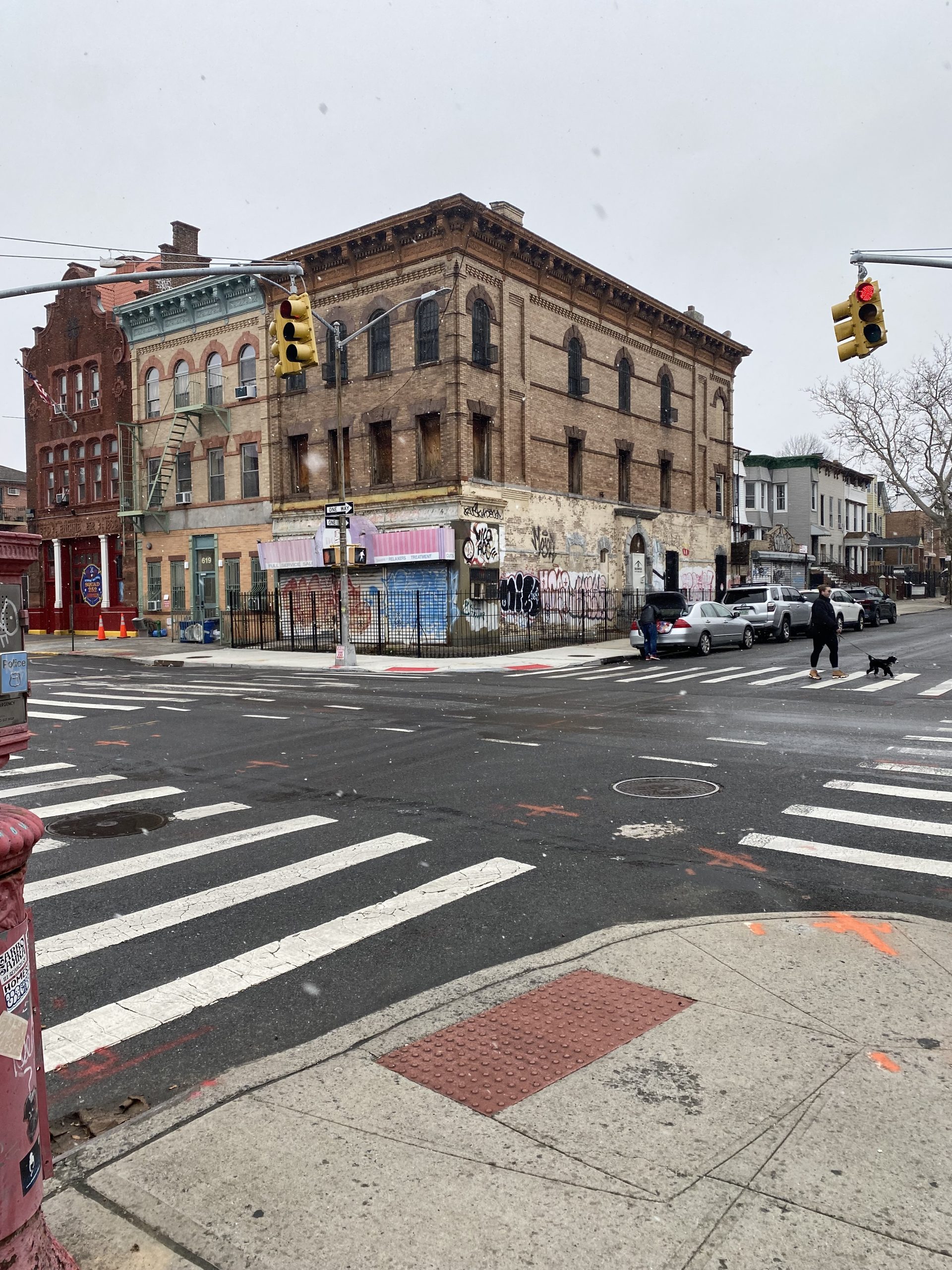
A Shift from Reactive to Proactive
Historically, New York City’s approach to building safety has been largely reactive, relying on complaints and reports of visible damage before taking action. This method has proven insufficient, as evidenced by recent incidents of structural collapses that have caused significant disruption and loss.
The recent bill, spearheaded by Councilmember Pierina Sanchez, requires the city Department of Buildings to establish a proactive inspection program. Utilizing predictive data analytics, this program will review a building’s history of code violations, compliance records, and the disciplinary histories of engineering professionals involved with the buildings. This comprehensive approach is designed to pinpoint and address potential issues before they escalate.
Preventing Future Tragedies
The necessity of this program became starkly clear following several high-profile collapses over the past year. In the Bronx, a partial building collapse uprooted dozens of families, and in Manhattan, a parking garage collapse resulted in the tragic death of a long-time manager. These incidents highlighted glaring deficiencies in the existing system and underscored the urgent need for a proactive stance.
As Councilmember Sanchez aptly noted, “We cannot rely on reactive approaches to keep New Yorkers safe in their homes and their places of work.” The new bill, Intro-904, mandates that the city act on potential issues proactively, transforming the landscape of building safety in New York City.
The Mechanisms of Change
The bill’s passage requires the buildings commissioner to set rules for when corrective action plans are necessary following proactive inspections. Follow-up inspections will ensure that improvements are made, closing the loop on safety and compliance. This measure promises a more robust and reliable system, protecting residents from the negligence and oversight that have plagued the city’s building management in the past.
Buildings Commissioner Jimmy Oddo called the measure “transformative,” and rightfully so. The administration’s commitment, backed by a $4.7 million investment in the Department of Buildings, underscores the importance of this initiative. Mayor Eric Adams’ administration’s support further emphasizes the city’s dedication to preventing future tragedies through effective and timely interventions.
A Safer Future for NYC
As building collapse attorneys, we see firsthand the devastating impact of structural failures. The new proactive inspection program is a critical step forward in ensuring the safety and well-being of New York City’s residents. By addressing potential hazards before they result in disaster, the city is taking a bold and necessary step towards a safer future.
The median building age in New York City was 90 years in 2017, reflecting an aging infrastructure that demands vigilant oversight. While sudden building collapses are relatively rare, the recent incidents have been a wake-up call, highlighting the vulnerabilities of the city’s aging housing stock.
